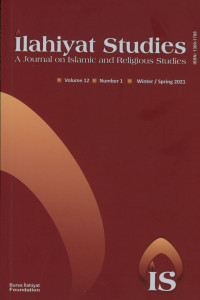The Origins of the Shīʿa: Identity, Ritual, and Sacred Space in Eighth-Century Kūfa, by Najam Haider
The Origins of the Shīʿa: Identity, Ritual, and Sacred Space in Eighth-Century Kūfa, by Najam Haider
First Paragraph: Studying the early history of Islam has been largely problematic due to scarcity of reliable data and appropriate methods to assess them. The Muslim ḥadīth (report) corpus has been the main source of information for the study of early Islam, but the reliability of Muslim reports has come under scrutiny due to deficiencies outlined mainly in the works of Goldziher and Schacht. Consequently, Islamicists have grown increasingly suspicious of studies that rely on Muslim reports. However, recent methodological developments seem to be overcoming this general lack of trust in Muslim sources. One of the most significant breakthroughs was achieved in 1996 by Harald Motzki and Gregor Schoeler who, independently from each other, developed the isnād-cum-matn method into a robust method for dating and analysing Muslim reports. Since then, both scholars have shown in numerous studies that through the use of isnād-cum-matn, it is indeed possible to extract reliable historical data from Muslim reports.
- ISSN: 1309-1786
- Başlangıç: 2010
- Yayıncı: Bursa İlahiyat Vakfı
Sayıdaki Diğer Makaleler
The Popularisation of Sufism in Ayyubid and Mamluk Egypt, 1173-1325, by Nathan Hofer
Jews in the Qurʾān: An Evaluation of the Naming and the Content
The Origins of the Shīʿa: Identity, Ritual, and Sacred Space in Eighth-Century Kūfa, by Najam Haider
Definitiveness of Proof of Ḥarām and Ḥukm of Its Denial in the Ḥanafī School
